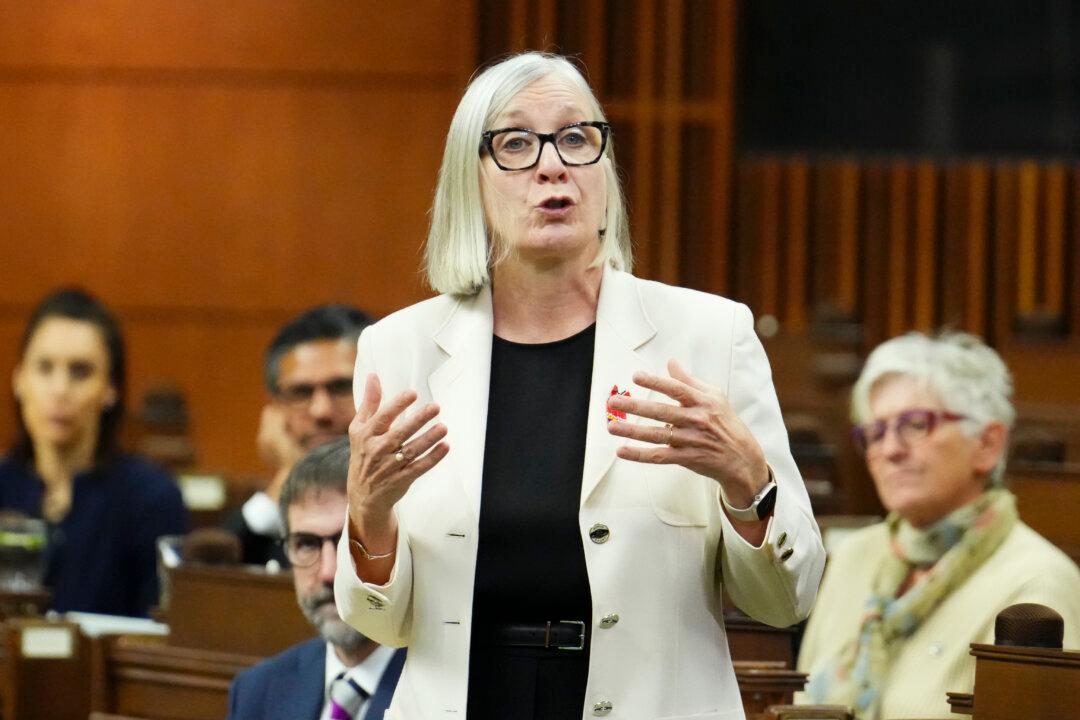There’s a growing trend of online encrypted drug dealing that a study says needs more attention by police.
Richard Frank, an associate professor of criminology at Simon Fraser University in Burnaby, B.C., says the encrypted markets are attractive to buyers and sellers for lower prices, contactless transactions and a large variety of drugs available.





